Alright – so today we’ve got the honor of introducing you to Chinwendu Kelechi. We think you’ll enjoy our conversation, we’ve shared it below.
Hi Chinwendu, thanks for joining us today. What’s been the most meaningful project you’ve worked on?
My most meaningful project currently, is my “New Ikenga” Project. Begun in 2021, it is a collection of, but not limited to, Ukara Ohuru paintings and accompanying writings that spotlight and translate the classical Igbo Ikenga,- one of the most important traditional icons of the Igbo people,- to our contemporary times. Paintings from my “New Ikenga” collection were first shown at an open studio event during my 2021/2022 residency at the African Artists’ Foundation, Lagos. Paintings from the project were also featured in the debut edition of the GIDA Journal in April 2022, and were the subject of video interviews with: the BBC Igbo, released in January 2023, and: The Hidden Present, released in May 2023.
An ongoing project, the New Ikenga is a continuation of a spiritual lineage of the Igbo people.
Ikenga means “the strength of a place”, or, according to Eli Bentor, “a place of strength”. The Ikenga are traditionally wood-carved figures dedicated to one’s personal god, his ancestors, and the strength of one’s arm, and function as a symbol of one’s strength and achievement. An altar to the right hand- “aka ikenga”, most Ikenga were made for specific people and for personal use. Some were made for communal purposes, or were part of shrine figures in a Dibia’s ensemble.
As a large number of the classical Ikenga remain in the collection of private collectors and museums across the world, but are a largely discontinued practice and phenomenon among the Igbo people, my “New Ikenga” project aims at reimagining and reincorporating the classical Igbo Ikenga into contemporary usage, in a way that does not pervert the traditional symbolism, but reaffirms, translates, and reintroduces them into our contemporary lifestyle. In this way I continue this veritable spiritual lineage of the Igbo people.
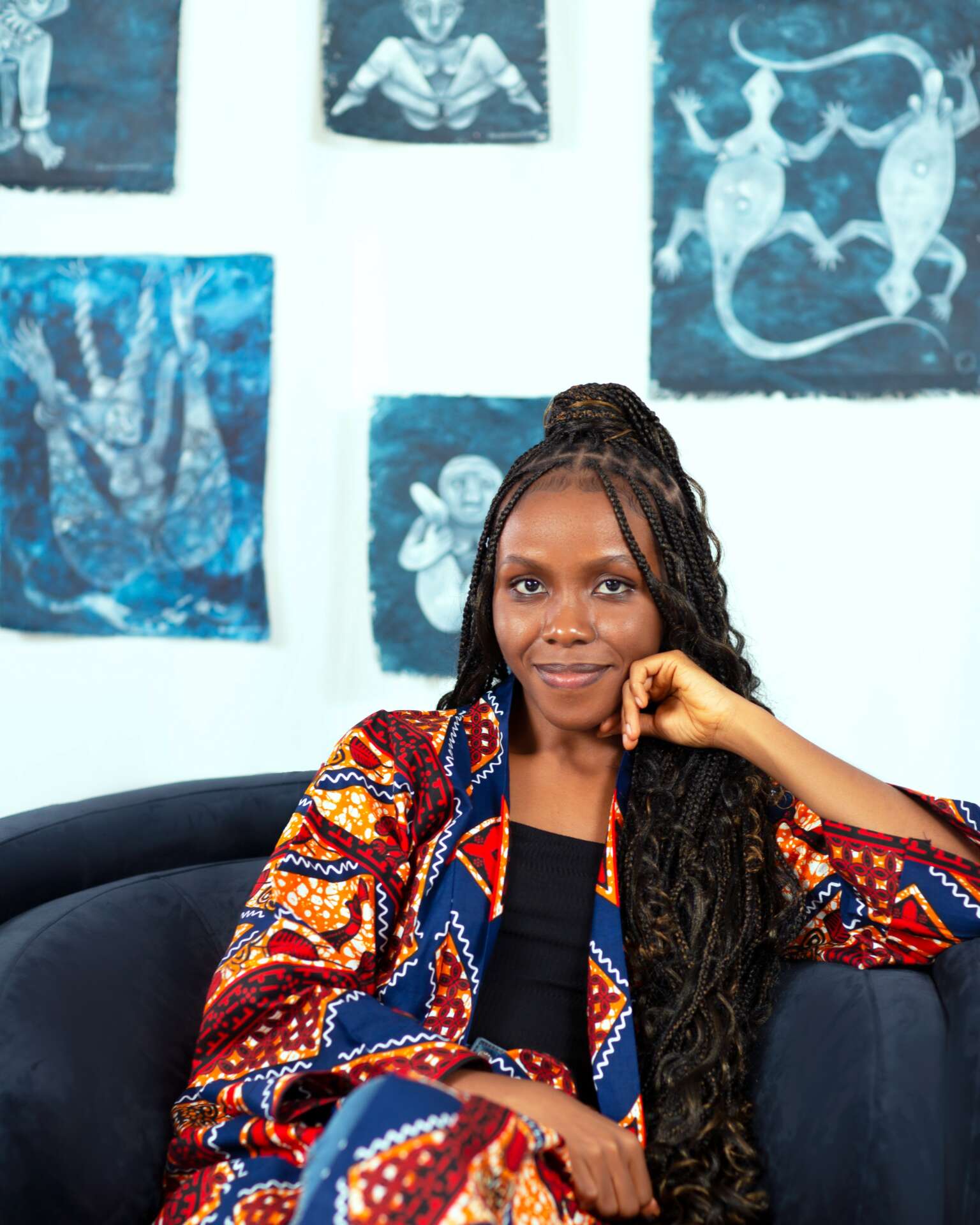
Awesome – so before we get into the rest of our questions, can you briefly introduce yourself to our readers.
My name is Kelechi, Chinwendu Kelechi. I am a historian, cultural researcher, storyteller, and self-taught artist.
My work is a continuation of Igbo cultural aesthetics.
Based on reimagining the ancient Igbo artforms such as Uri, Nsibidi, Mbari, and Ukara art, I create story-based pieces that convey cultural ideas in a contemporary setting.
I am focused on telling the Igbo story.
There is a lingering sense of loss among my people- the Igbo people- regarding the eroding of our traditional culture and spirituality by Western imperialism and colonial rule. This sense of loss lingered in myself till I learned to focus on something simpler and better- “what I can do with what I have left.”
Through diligent research and study of Igbo cultural hstory, I discovered several great instances at cultural preservation, but a limited focus at continuation, especially regarding Igbo cultural aesthetics in general. I developed my art as a documentation of the proceeds of my research, as an exploration of ancient formulae, and importantly, as a continuation of Igbo cultural aesthetics. My practice discovers and answers to the questions of the rules, the rudiments, the objectives and the prospects of Igbo art, creating as a form of continuation, new aesthetic systems such as Ukara Ohuru.
I am most proud of my work as a voice for Igbo art, and in myself as a pioneer for the research and continuation of Igbo cultural aesthetics.
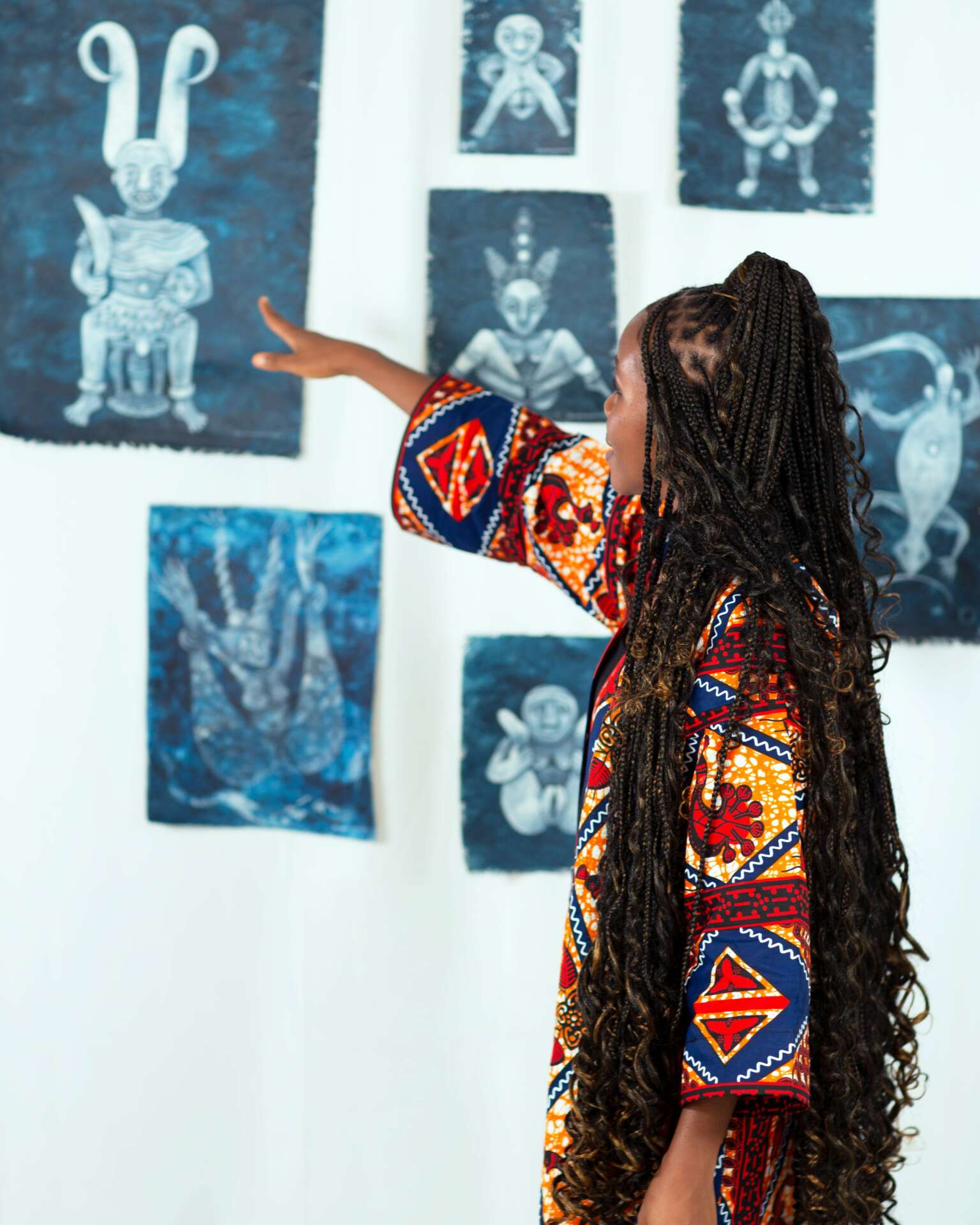
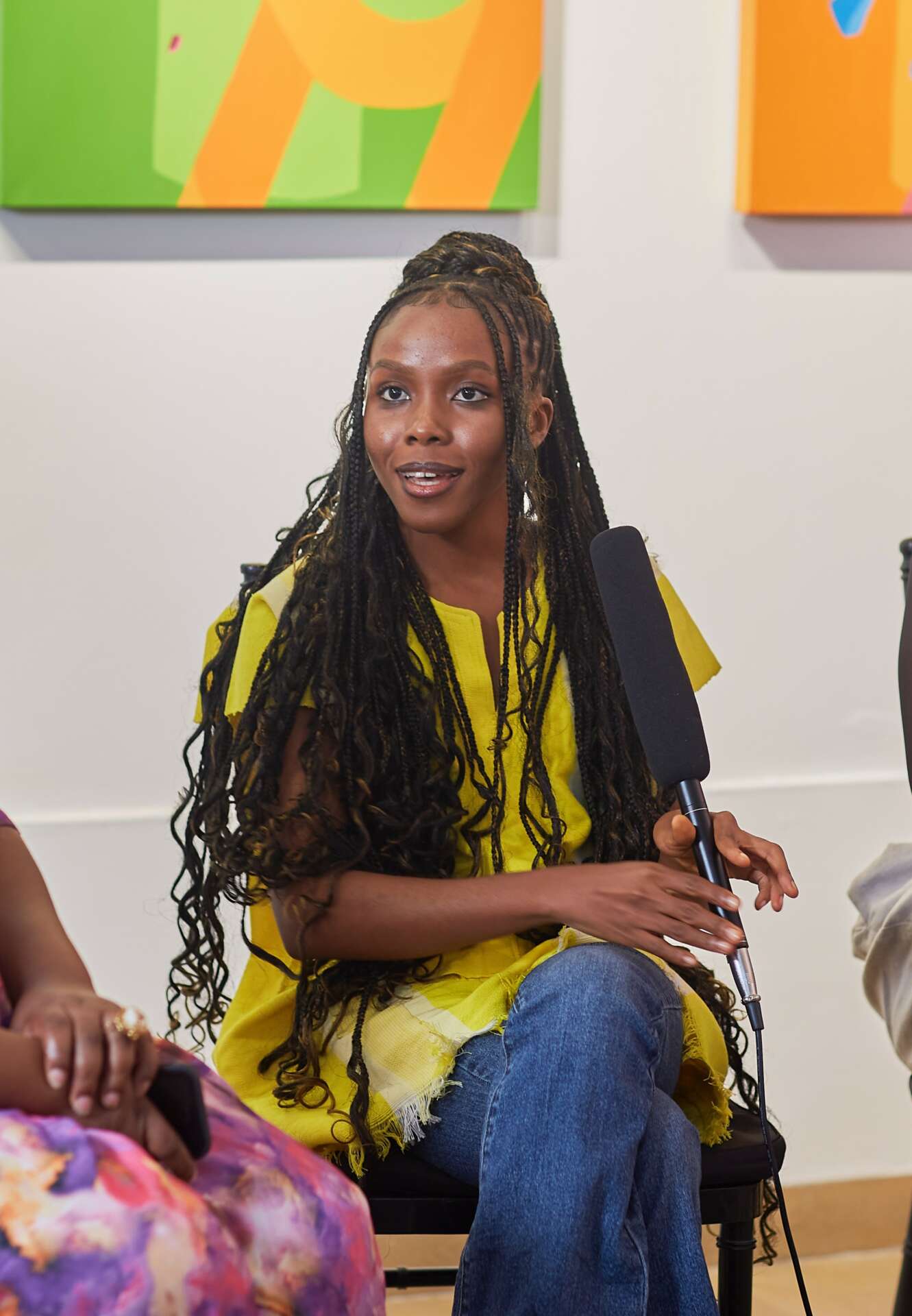
What do you think is the goal or mission that drives your creative journey?
What is the goal of traditional Igbo aesthetics?
This is the question that my work seeks to discover, explore, and continue.
What is the central thought that runs through traditional Igbo art?
What constitutes traditional Igbo thought regarding aesthetics?
What is the life-line, the source of inspiration and maintenance for traditional Igbo art and the traditional artist? How do traditional Igbo aesthetics connect to indigenous traditional aesthetics around the world?
I think of the unifying theme in the ways that we practiced aesthetics as a people, rather than separating them into units like the earlier artists who either only practiced uri and adinkra, or nsibidi. I am more focused on the spirit of these different aesthetic systems, whatever their purpose- whether for ritual use, or domestic use, or as a decorative item, whether they are masks, cloth, architecture such as mbari, domestic tools, body art such as tattooing/scarification, or sweeping of floors and rendering mud walls,- what runs through the minds of my people in the past as they create art? That is what I seek to discover and continue. It goes further than just one type of traditional art or aesthetic system
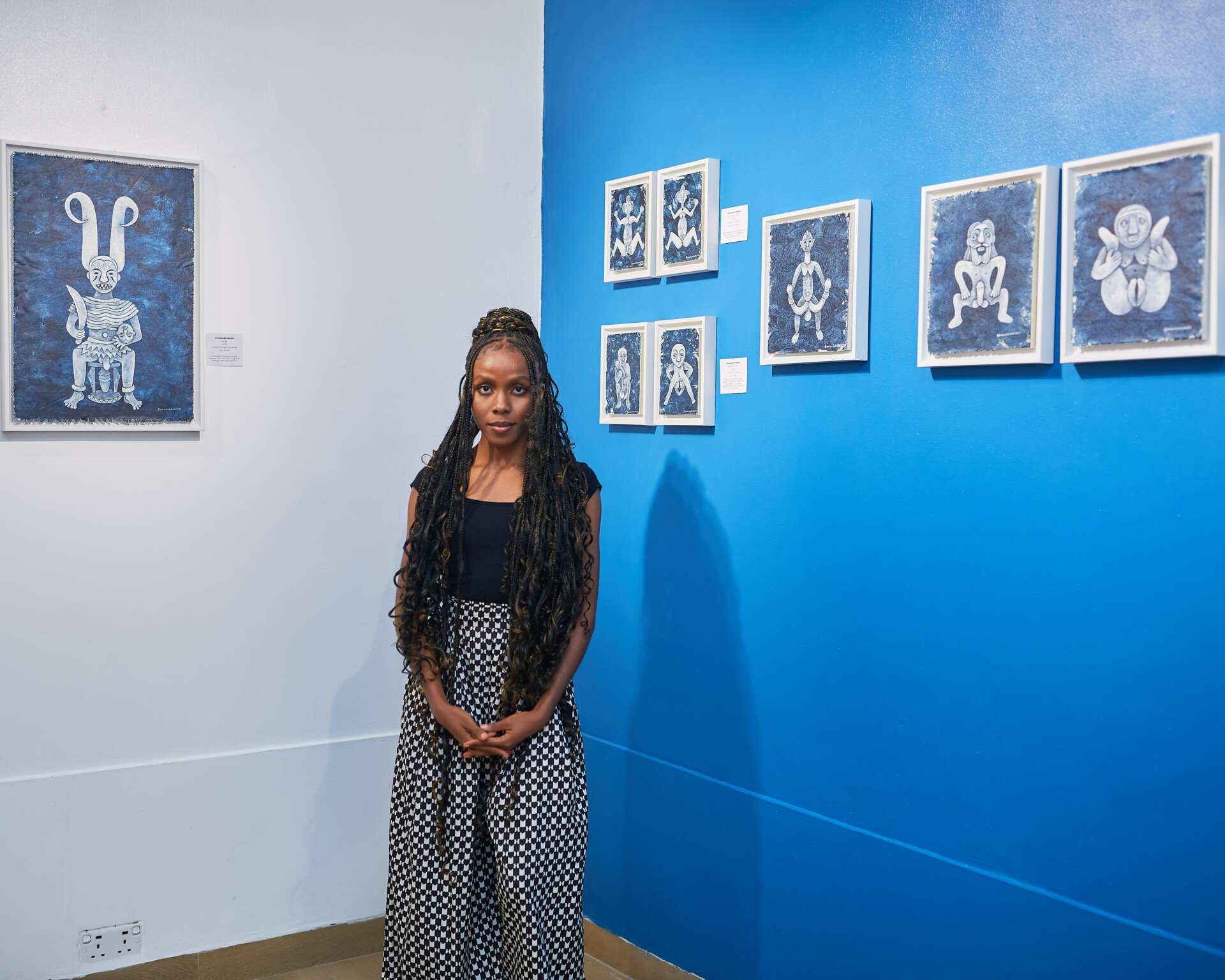

What’s the most rewarding aspect of being a creative in your experience?
The most rewarding aspect of being a creative comes in the creating. It doesn’t come in the planning, the thought process, or the finished work- these are all means to an end. For me, it comes in the doing of it, in the in-between of planning, thought process, and finished work. 
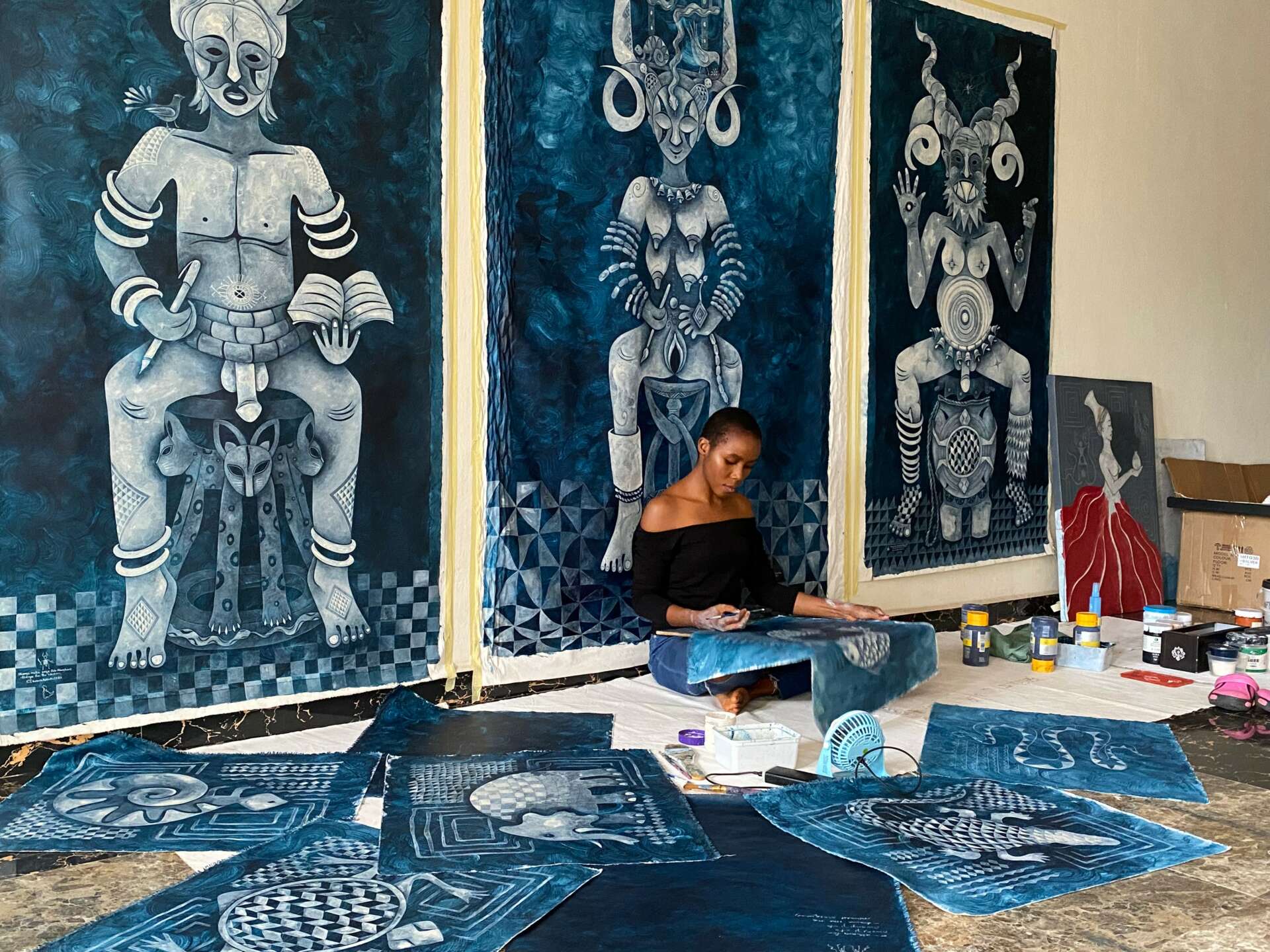

Contact Info:
- Website: thekelechikelechi.com
- Instagram: @small_and_slightly_strange
- Twitter: @small_and_s_s
- Youtube: Igbo Art by Chinwendu Kelechi
Image Credits
Kelechi Chukwudike (@apt_plc) Affinity Gallery African Artists’ Foundation Yangi Media


